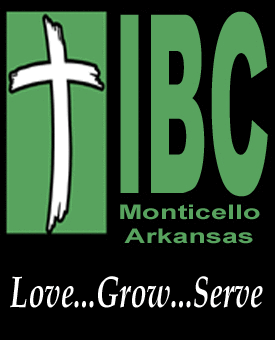Museum Report – Cooking In 1842
April 5th, 2016 by Sheilla LampkinWelcome back to our look at early cooking techniques, preparation tips and storage ideas to avoid spoilage and recipes.
Many of the old recipes called for ingredients readily available “locally”, including game, livestock, and local fruits and vegetables. Few items other than coffee, flour, tea, spices and “luxury” items, like oranges and lemons, had to be purchased elsewhere.
Most foods reached the kitchen in bulk proportions whether home-produced or acquired from merchants and preservation or storage was desired to delay or reduce spoilage. Many fruits were made into preserves; many vegetables were pickled in salt brine. Flour or cornmeal was purchased in great barrels and 50-pound sacks. Salt came in large blocks. Sugar came in 2-3 foot cone-shapes weighing as much as 25 pounds. These were often suspended from the ceiling and protected from ants by a tin collar and from flies by a thin cover of netting or a cloth bag. Before it could be used in cooking or at the table, sugar had to be cut or broken into smaller pieces and crushed. Other spices were ground as needed. Coffee beans were bought green and were roasted in small amounts and ground each day.
The preservation of meat was a daily challenge. Smoking, of course, was a favorite way of cooking and slowed spoilage. Pickling in brine and making sausage were two methods used to disguise the flavor of meats that had “passed their prime”.
Cooking was a round-the-clock task as some baking and preparations were begun days before they were to be served. Dinner was an enormous meal with breakfast and lunch only slightly smaller.
Although reliable cast iron cook stoves were developing since the 1830s, many rural southern homes continued to use kitchen fireplaces for cooking. A useful tool there was the wrought-iron horizontal bar hinged to the wall and used to hang pots on and adjust their distance to the heat or fire. Other pots could be set in the coals or on “gridirons” near the fire for the proper temps. A brick-lined oven might be set into the wall next to the fireplace for “baking”.
Now I want to share a popular delicacy from the 1840s with you. We’ve all heard how four and twenty blackbirds bake into a pie. This recipe is a pigeon pie recipe. I assume it call for three pigeons.
Pigeon Pie
Rub the pigeons with salt and pepper; inside and out. (We assume they had been defeathered and “cleaned” first!) In the latter put a bit of butter, and if approved, some parsley chopped with the livers, and a little of the same seasoning. Lay a beef steak at the bottom of the dish, and the birds on it; between every two a hard egg. Put a cup of water in the dish; . . . lay a bit (of ham) on each pigeon; it is a great improvement to the flavor.
Observe, when ham is cut for gravy or pies, to take the under part rather than the prime.
Season the gizzards, and two joints of the wings, and put them in the center of the pie; and over them, in a hole made in the crust, three feet nicely cleaned, to show what the pie is.
Some tasty meat pie, huh! It would make Grandpa Jones yell, “What’s for supper?” I’ll be back next week for more food fun!!
Choose another article
Newer article: Motorcycle & Pick-up Collide at 425/278
Older article: C.T. Spee-D-Lube Thursday Special





























































Knowledge is powers.